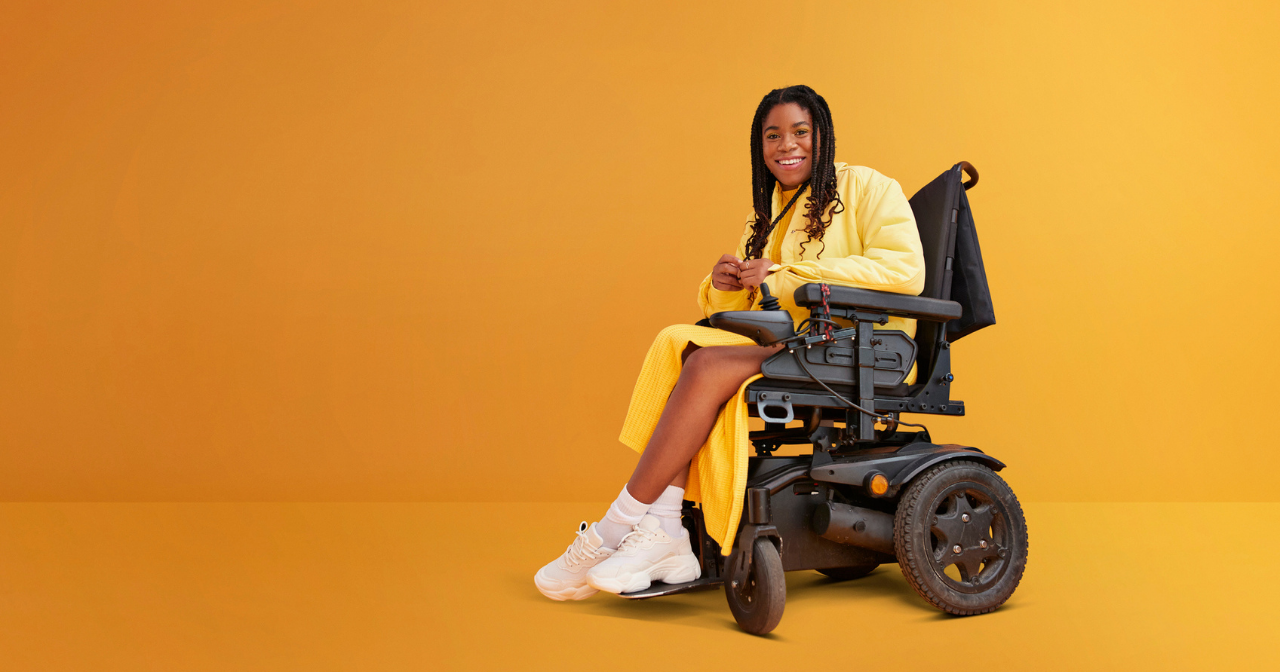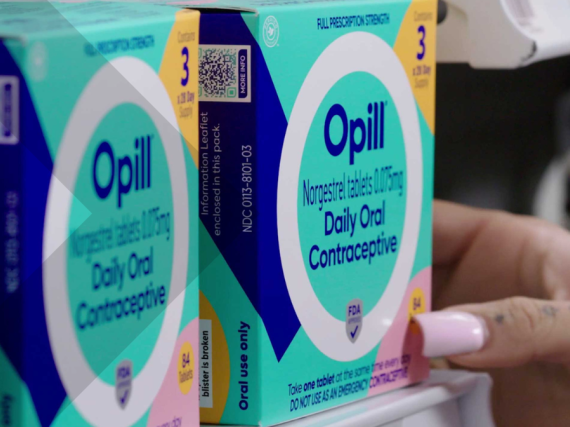Centering Disabled People in Health
Note: Many disability advocates have moved towards using identify-first language in recognition of disability being a central part of one’s identity. Other members of the community (including individuals with intellectual and developmental disabilities) still prefer person-first language. In an effort to be inclusive of all members of the disability community, we use identify-first language (“disabled people”) and person-first language (“people with disabilities”) interchangeably.
Reproductive well-being is the idea that all people should have the information, services, and support needed to make their own decisions related to their sexuality, sexual, and reproductive health. This requires centering those who are not just excluded but actively harmed by our systems and institutions. We thus cannot achieve reproductive well-being without consciously including disabled people, and especially disabled Black, Indigenous, and other people of color, who bear the brunt of structural inequality, discrimination, and inaccessibility, leading to negative health outcomes.
Discussions around disability and reproductive health often focus on “comorbidities,” ignoring the external factors that contribute to health outcomes. For example, the NIH recently released a study that examines maternal health outcomes in pregnant women with and without disabilities. The findings suggest that pregnant people with disabilities are at higher risk for severe pregnancy- and birth-related complications and death.
While it is absolutely important to understand potential complications related to pregnancy and birth—especially considering the major maternal health crisis in the US that is killing Black women at a rate three times that of their white counterparts—it is also critical to consider factors beyond the realm of health care that lead to increased risk. Specifically, we need to address the environmental and social factors that make accessing quality health care more challenging for disabled people, as well as acknowledge harmful policies that deny disabled people the power to make decisions for themselves. Otherwise, we can never truly achieve reproductive well-being.
There are a multitude of social and environmental factors that prevent or delay people with disabilities from accessing health care. For many people with physical disabilities, inaccessible public transportation can extend travel times to providers—this is not only a barrier in and of itself but also means more time off of work. In fact, public spaces in general are not designed with disabled people in mind. Lack of elevators and ramps, limited ASL interpreters, and loud music in stores that can cause sensory overload puts the onus on disabled people to adapt their decisions around the comfort of non-disabled people, at the expense of their own needs.
When it comes to accessing reproductive health care, and specifically abortion, insurance coverage is also a barrier. More than 1 in 3 adults under age 65 who are enrolled in Medicaid have a disability, as do 14% of Medicare enrollees. For those with the potential to get pregnant, abortion becomes extremely inaccessible as the Hyde amendment bans the use of federal funding for abortion care under Medicaid and Medicare.
Ableism from providers, the medical community, and the public at large also makes finding quality health care challenging for people with disabilities. The widespread dismissal of disabled people during the COVID-19 pandemic highlights that disabled people are treated as disposable by health and medical professionals, the very people who should be advocating for better access to health care for everyone. Ironically, the pandemic itself is leaving nearly a third of COVID survivors disabled. Ableist rhetoric does not start and end with COVID, however—it is pervasive in how we frame issues and even in the language we employ in everyday conversation. The stigma this creates, however unintentional, is ultimately harmful.
Beyond these extensive barriers to accessing care, people with disabilities are often denied control over their sexual and reproductive health. The #FreeBritney movement drew attention to abusive conservatorship and adult guardianship, both of which strip disabled people of the power to make decisions about their lives and their health. The news that Britney Spears was forced to be on birth control may have been shocking to some, but in reality, forced sterilization has been a longstanding reality for people with disabilities.
The 1927 Supreme Court ruling in Buck v. Bell legalized forced sterilization, giving the government the authority to determine if people were “unfit” to reproduce. This decision led to tens of thousands of forced sterilizations of disabled people, poor people, and people of color. Nearly 100 years later and forced sterilization is still legal and happening in many states. According to a recent report from the National Women’s Law Center, 31 states plus DC still allow forced sterilization of people with disabilities. Only Alaska and North Carolina have laws that specifically ban forced sterilization.
The combination of state-sanctioned eugenics, inaccessible health care, and ableism all contribute to negative health outcomes for people with disabilities. Until we start addressing these social and environmental factors, we will continue to see exacerbated health consequences for people with disabilities. Thus, as we work towards achieving reproductive well-being, we must center disabled people and ensure that their experiences and value is not lost or ignored.



